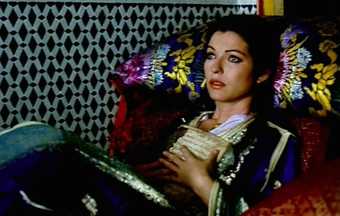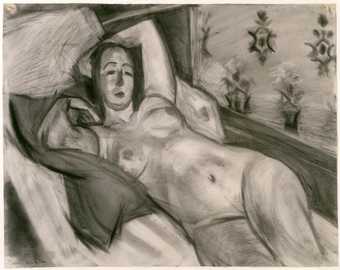Deeply rooted in the unique culture of Tangier, a port city of Morocco, his work reflects on the cosmopolitan make-up of this cultural hub. His treatment of Moroccan history and reality draws upon the time Henri Matisse spent in Tangier between 1912ā13 to the works of writers and poets such as Paul Bowles and Mohamed Choukri. Diverse cinematic traditions influence his work from the legacy of anti-colonial cinema and Egyptian musicals to films made in Morocco by Orson Welles and Alfred Hitchcock.
Born in 1945 in Tangier, Smihi attended film school in Paris from 1965 to 1969 where he studied with Roland Barthes. Deeply influenced by the revolutionary ideas of 1968 Paris and driven by a desire to bring this social and political consciousness to the Maghreb, Smihi returned to Morocco to produce his ground breaking first film El Chergui / The East Wind 1975 set on the cusp of Moroccan independence. From his earliest shorts in the 1970 to his recently completed trilogy A Muslim Childhood 2005, Girls and Swallows 2008, The Sorrows of a Young Tangerian 2012 Smihi's work addresses issues from colonial history to political censorship. The complexities of Moroccan history are examined throughout his work from Moroccan Chronicles 1999 that draws on local story telling traditions as well as films made in Morocco by Alfred Hitchcock and Orson Welles to his epic 44, or Tales of the Night 1981 that retraces the period of French rule from 1912 to Moroccan independence in 1956, drawing on 1001 Nights as well as James Joyceās Ulysses to interweave myths with historical fact. A rare screening of The Lady from Cairo made in Egypt in 1991 shows the breadth of his practice and how Smihiās cinema is coloured throughout by a reflection on the cultural, religious and linguistic diversity that characterise contemporary Moroccan.Ā


